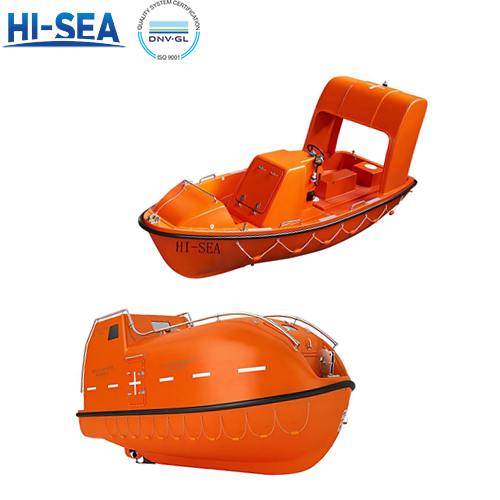
What Is The Difference Between Life Boats And Rescue Boats?
Lifeboats and rescue boats are both types of boats designed to save lives in emergency situations. The rescue boat refers to a boat designed for rescuing distressed persons and assembling lifeboats. The lifeboat refers to a boat can sustain the lives of distressed persons from the moment of abandoning the ship.
Overview
They have some key differences in their design, purpose and deployment:
Design:
A lifeboat is a boat designed for emergency escape from a ship or offshore structure, equipped with survival essentials like food, water, first aid, and distress signals. Lifeboats are generally larger and designed to hold many people for extended periods. They are self-righting, capable of handling rough seas, and are typically launched from a davit or crane, stored on the deck or in a special compartment.
A rescue boat is a smaller, more maneuverable vessel designed for search and rescue operations. Used by emergency services like the coast guard, it rescues people from the water and assists distressed boats. Equipped with powerful engines, rescue nets, and first aid supplies, it is specialized for quick response.
Primary Purpose:
Lifeboats are mainly designed to evacuate passengers and crew from a ship during emergencies like sinking or fire and they can sustain their lives.
In contrast, rescue boats are used for various rescue operations, such as retrieving people from the water, providing emergency assistance, and supporting other maritime activities.
Deployment:
Lifeboats are usually launched from davits or other mechanisms on a ship's deck, following set evacuation procedures.
Rescue boats, on the other hand, can be launched from either a ship or shore and are often used alongside other rescue equipment, like life rafts and helicopters.





